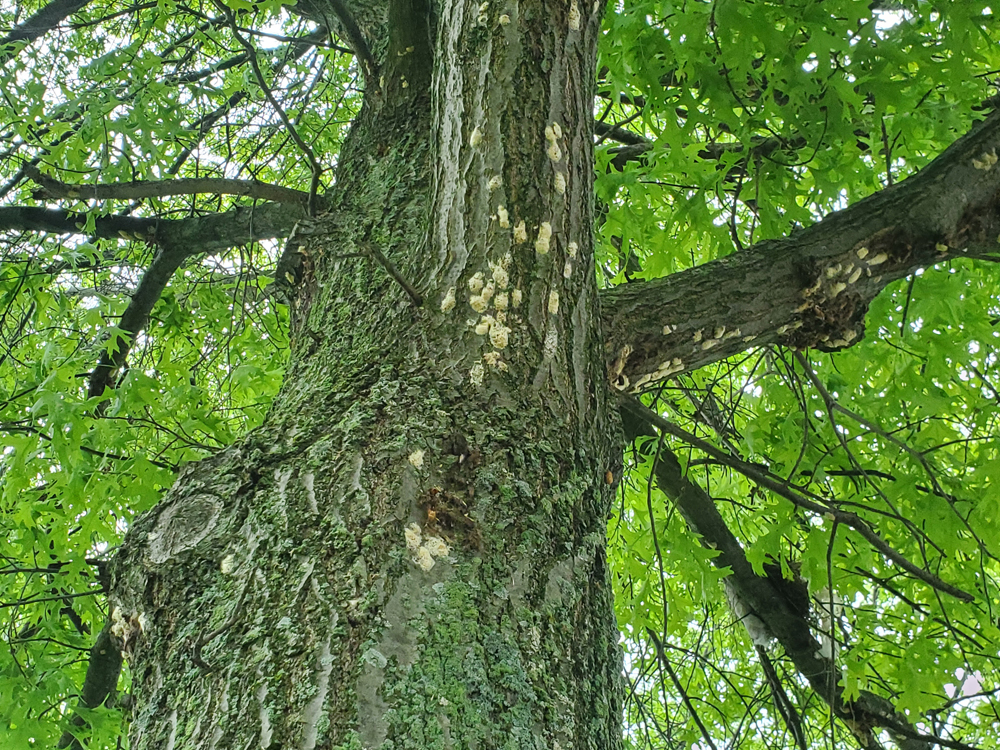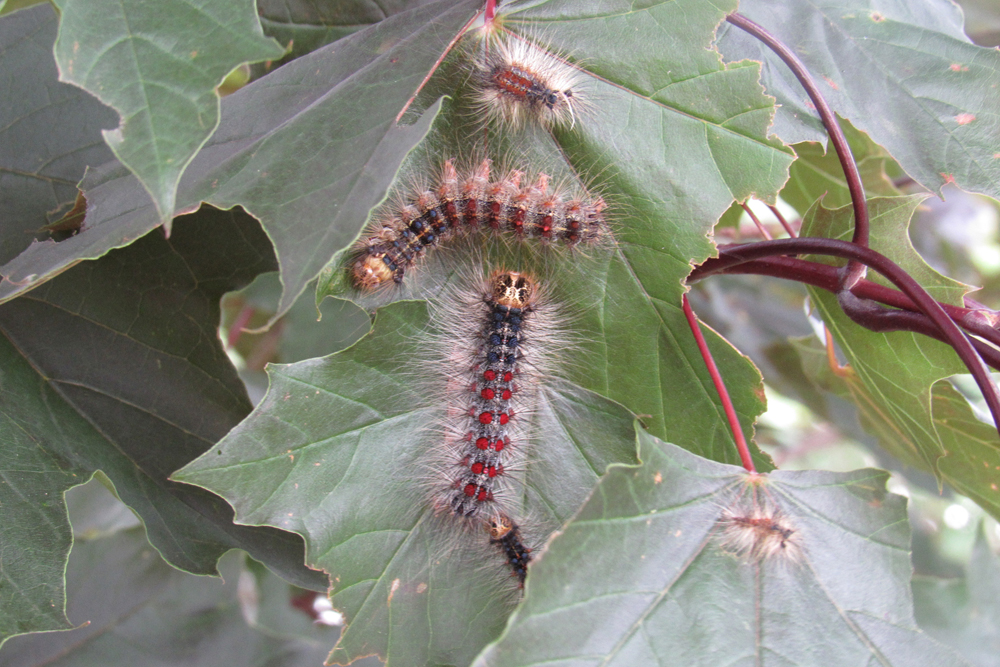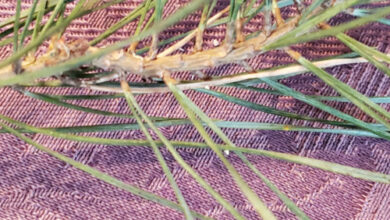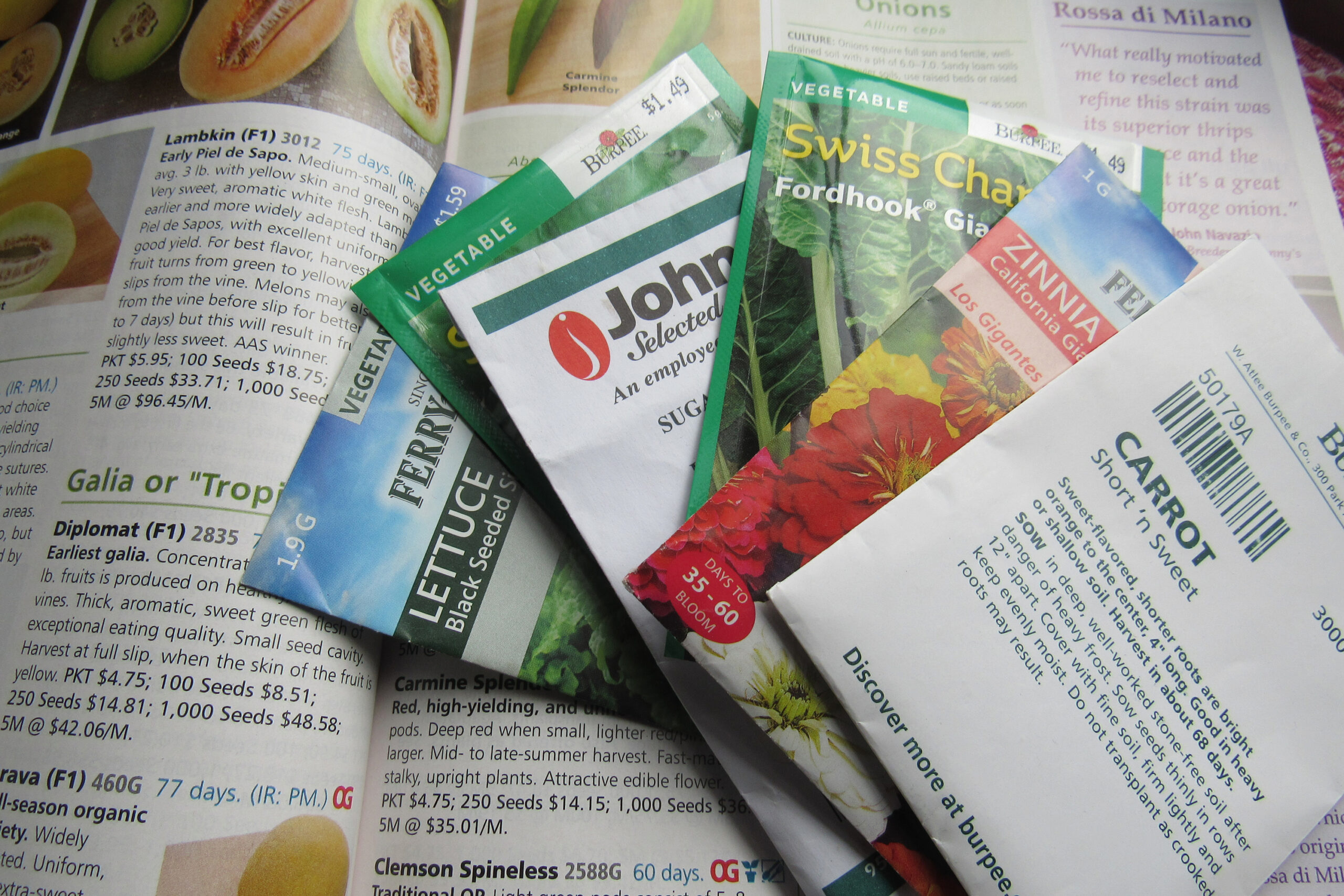Spongy moth update

May is a beautiful month, but it is also the time when the caterpillars of spongy moths – formerly known as gypsy moths – emerge and become active. The Finger Lakes region of New York State has been hard hit the past two growing seasons by an outbreak of this invasive pest which can defoliate both deciduous and conifer trees.
The good news is that after a couple of years of high populations, two diseases build up and kill caterpillars. According to Cornell Cooperative Extension, one disease is nucleopolyhedrosis virus (NPV). The other disease is a fungus – Entomophaga maimaiga. Cornell says both of these were observed in New York State in 2021 and some spongy moth outbreaks were virtually eliminated by these diseases.
Additionally, Cornell CALS (College of Agriculture and Life Sciences) NYS Integrated Pest Management (NYSIPM) says that spongy moth outbreaks are naturally reduced by birds, rodents, and parasites. What appears to be a problem one year doesn’t indicate a similar problem the following year.
If you have been experiencing a spongy moth outbreak on your property over the past two years or are noticing caterpillars this spring, two factors should be considered when deciding on management options. NYSIPM says you need to look at the number of larvae and whether this is a repeated defoliation from a prior year. Managing the pests with IPM means you need to be aware of populations in your yard. Look closely at your trees. Take photos for comparison from year to year.
Deciduous trees often bounce back from defoliation and put out new growth after the caterpillars have stopped feeding for the season. Keeping trees well-watered will help them recover. Conifers often cannot recover from a serious infestation and defoliation.
You can help protect trees by encircling the trunk with a foot-wide length of burlap. Tie it with twine in the middle and pull the top portion over the lower portion. As caterpillars move up the trunk they are trapped in this barrier and can be removed and destroyed. Look for caterpillars and adult moths during the summer. Squish them or knock them into soapy water. Some people have an allergic reaction when coming into contact with spongy moth caterpillars – so wear gloves.
According to NYSIPM, if you see diseased larvae, leave them alone to infect other larvae. Larvae killed by viruses look like Vs. Larvae killed by fungi hang head down.
There are insecticide sprays available – traditional chemical sprays and biological sprays containing naturally occurring organisms. The most common biological used on caterpillars is Bacills thuringiensis kurtaki (Btk). This is most effective on small caterpillars and is harmless to people, animals, and plants. Note that Bt affects other young moth and butterfly larvae, too. Traditional insecticides can impact many insects including beneficial native insects – such as bees. Only use when necessary and follow label instructions. Hire professional pesticide applicators trained to legally and correctly use registered products and remember that spraying is not effective against pupae, egg masses, or caterpillars over one inch in length.
Plants preferred by spongy moths include oak, willow, apple, crabapple, white birch, witch hazel, mountain ash, basswood, linden, pine, and spruce. They will also attack hardwoods like maple, cherry, and walnut as well as hemlock, elm, beech, and cottonwood. NYSIPM says spongy moths generally avoid ash, balsam fir, locust, Scotch pine, red cedar, tulip poplar, catalpa, sycamore, and dogwood.







